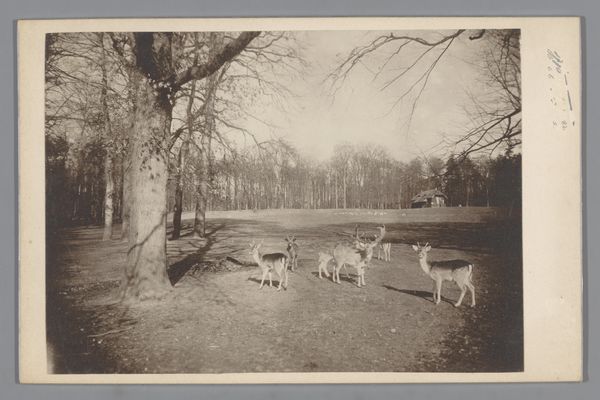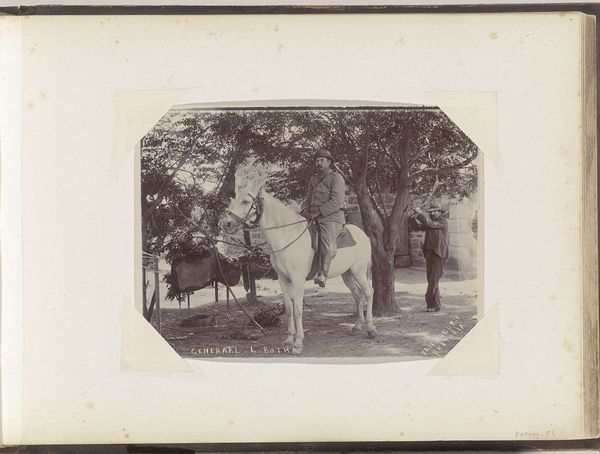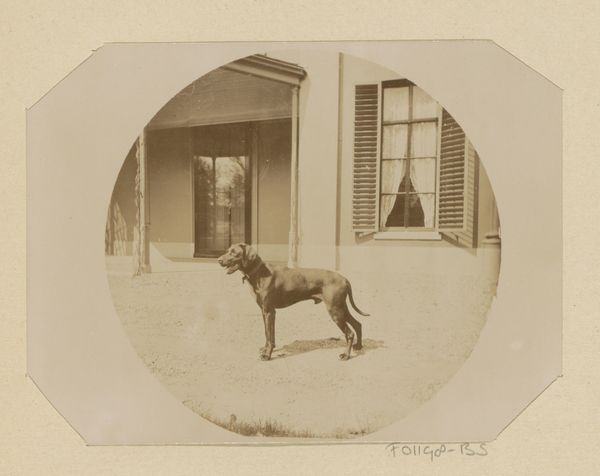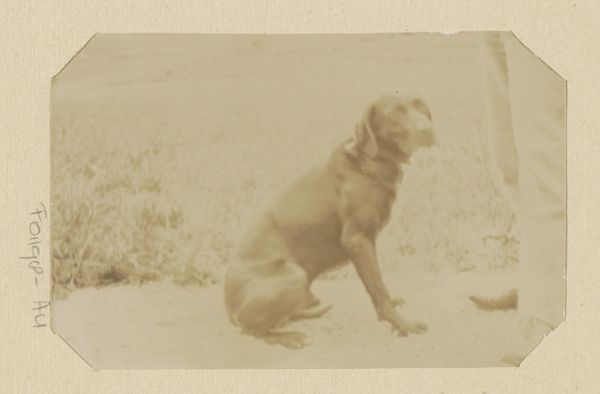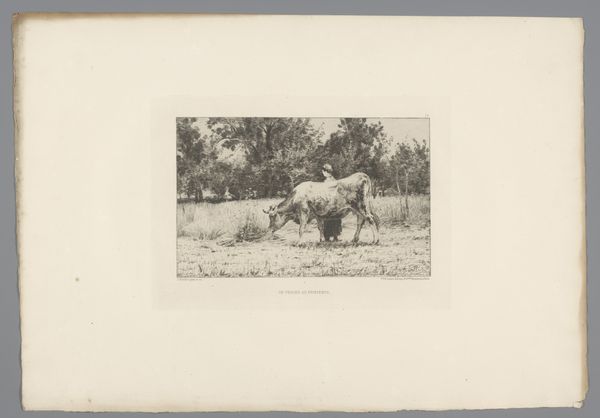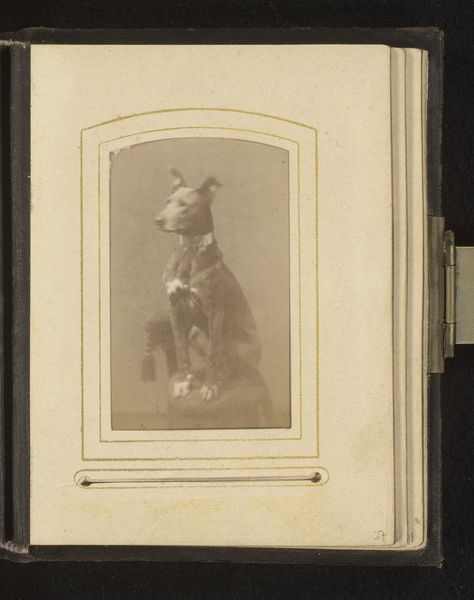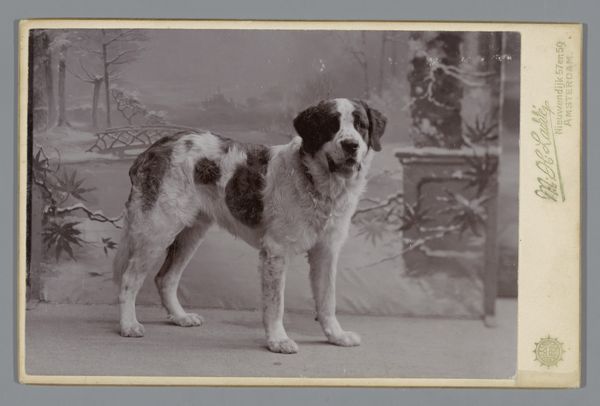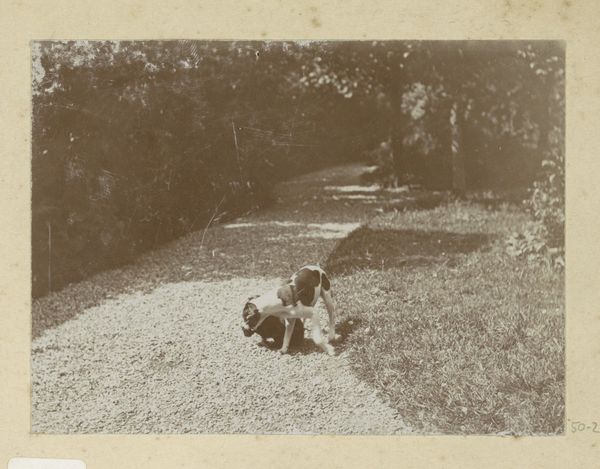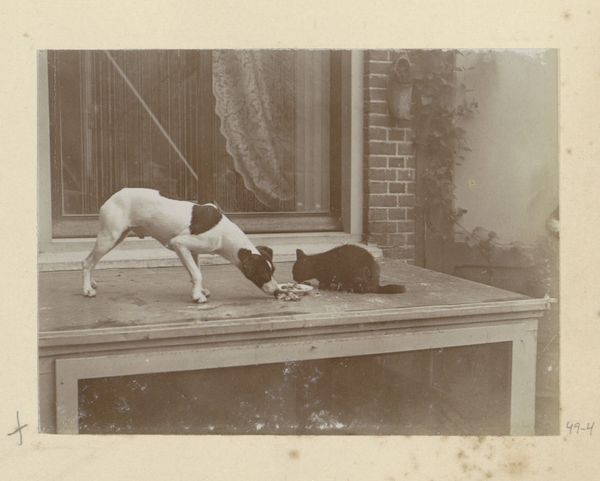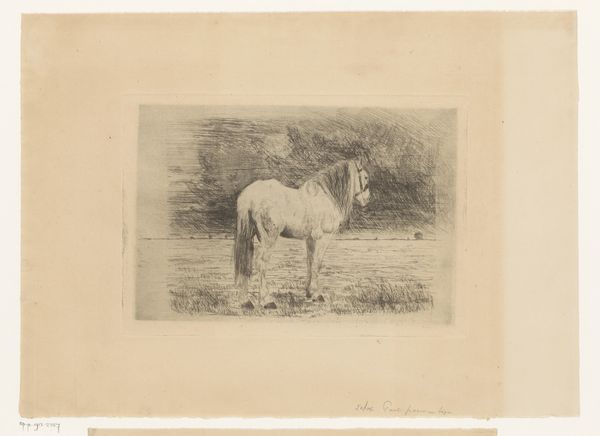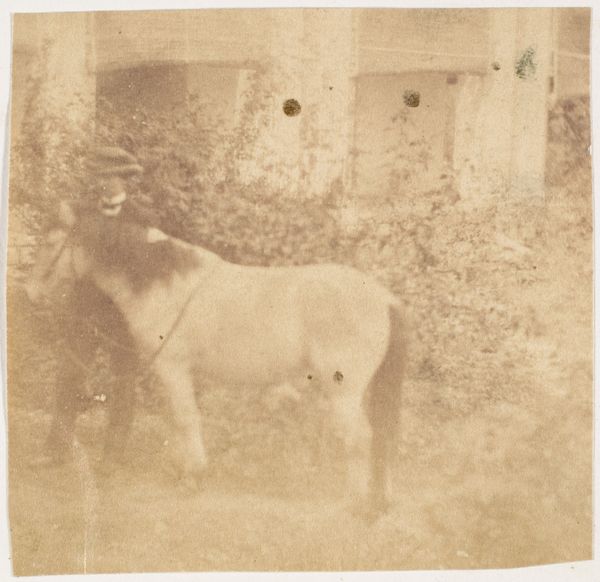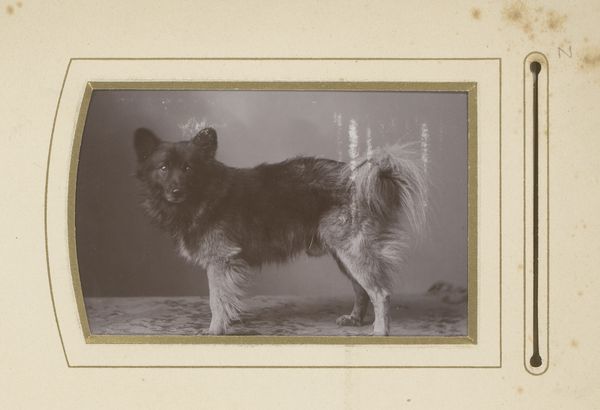
#
faded colour hue
#
photo of handprinted image
#
aged paper
#
pale palette
#
reduced colour palette
#
muted colour palette
#
white palette
#
watercolour bleed
#
watercolour illustration
#
watercolor
Dimensions: height 63 mm, width 104 mm
Copyright: Rijks Museum: Open Domain
Editor: So this is "Ruiter te paard," or "Horse Rider," by Cyrien Dominique Philippon, created sometime between 1872 and 1891. It looks like a hand-printed image, perhaps a photograph. It has this very antique, almost ghostly quality to it because of the faded colors. What can you tell me about this image? Curator: This faded, almost ethereal quality you've noticed points directly to its cultural context. Photography in this period was undergoing rapid technological advancements. Hand-printed images, like this one, occupied a specific niche, often aimed at artistic effect and visual prestige within certain societal circles. Editor: So it's about prestige? Curator: Partly. Consider the subject matter. A rider on horseback immediately evokes notions of the aristocracy and the military elite, those with the means and social standing for equestrian pursuits. Photography was beginning to democratize image making, but carefully composed images like this maintained a link to older, more exclusive forms of portraiture. Editor: That makes sense. Almost like holding onto a past ideal. Does the location – it says Versailles on the side – play into this at all? Curator: Absolutely. Versailles, of course, was the seat of French royalty for a long time. By choosing Versailles as the location and including that detail within the image itself, the photographer actively places the subject, and the viewer, within a very specific historical narrative, linking them to the grandeur and authority of the past monarchy even after its dissolution. How does understanding the photograph's connection to French aristocracy shift your initial viewing experience? Editor: It definitely deepens the story it tells! I was initially drawn to its simplicity, but now it feels richer. Curator: Precisely. Examining these socio-political and historical connections can offer significant insights into the intended, and unintended, messages an artwork communicates. Editor: Thanks! I see it so differently now.
Comments
No comments
Be the first to comment and join the conversation on the ultimate creative platform.
